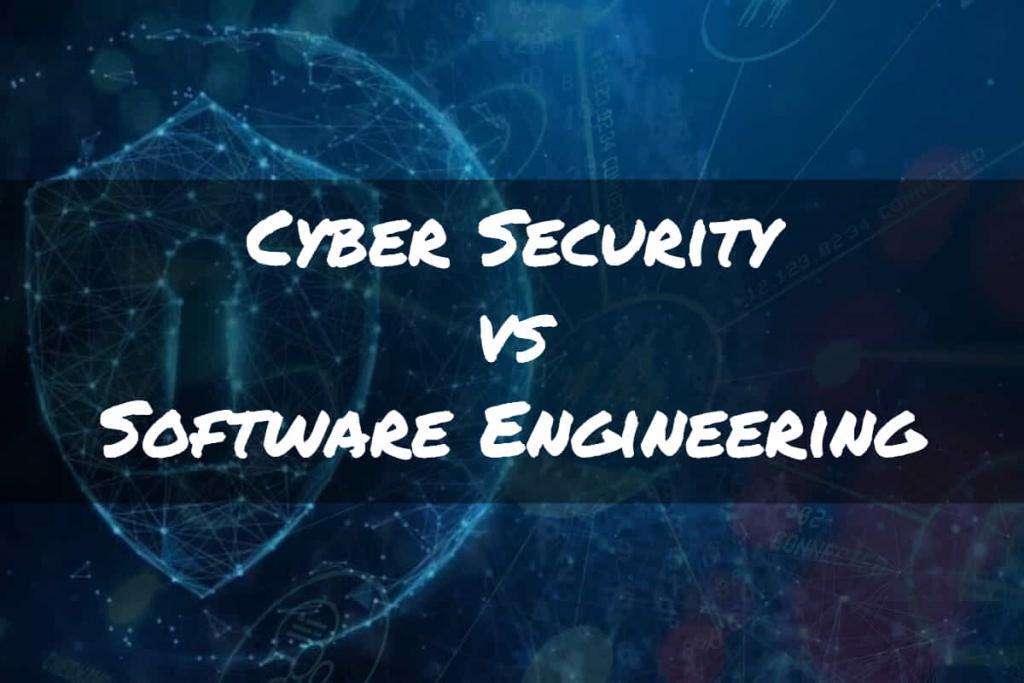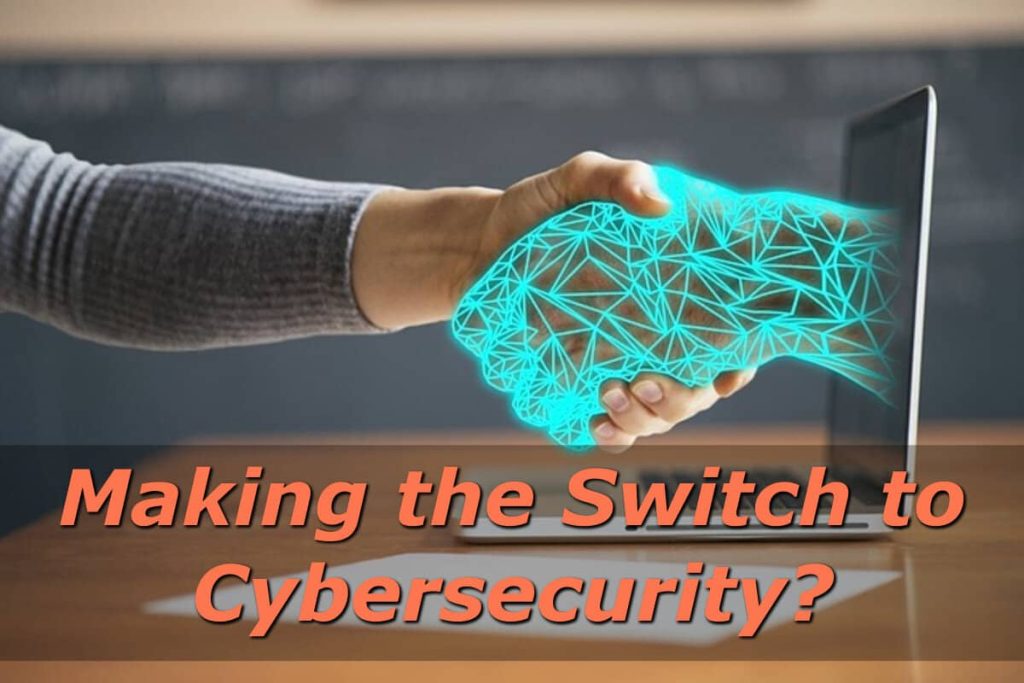Stepping into the complicated corridors of cybersecurity, you’re quickly surrounded by a world of cybersecurity skills: codes, algorithms, threats, defenses.
And each corner you turn unveils another layer of complexity.
Yet, as you wade deeper into this intricate world, a singular, foundational skill towers above the rest.
Not a programming language or an encryption method, but rather the art and science of communication—a skill that translates the abstract into the tangible and the confusion into clarity.
To give you a sense of its importance, an ISACA survey of 2,031 individuals found that 54% believe soft skills are the number one skills gap present in today’s cybersecurity professionals.1
It was additionally found that 66% believe recent university graduates lack the necessary soft skills to succeed such as communication, flexibility, and leadership.1
Communication in Cybersecurity: More Than Words
At first glance, communication in a field so deeply technical may seem secondary—a mere tool to report findings or updates.
However, on closer inspection, you’ll realize it’s the lifeblood of effective cybersecurity operations.
So much so that 57% of professionals selected communication (e.g. listening and speaking) as the most important soft skill needed by security professionals in organizations today.1
Therefore, it’s not just about conveying what you know—it’s about ensuring diverse audiences, from board members to end-users, understand the significance.
When a new vulnerability emerges, for instance, your role goes beyond identifying and rectifying.
You need to weave a narrative, making abstract threats palpable and relevant to all stakeholders.
The Psychology of Communication as a Cybersecurity Skill
Understanding why communication is so effective requires a brief dive into psychology.
At its core, communication isn’t just about facts; it’s about feelings, perceptions, and trust.
In the realm of cybersecurity, where threats can often seem abstract or distant, effective communication humanizes and personalizes the risks.
It fosters a sense of shared responsibility and urgency, rallying everyone to play their part in defense.
The Undeniable Importance of Effective Communication as a Cybersecurity Skill
Bridging the Gap with Technical Jargon: The lexicon of cybersecurity is enormous and, to the uninitiated, often intimidating. Your prowess lies not in wielding this jargon but in translating it. It’s about converting sophisticated technicalities into relatable narratives, making everyone, irrespective of their tech proficiency, stakeholders in cybersecurity.
Navigating Incident Responses: When breaches occur, and digital storms brew, panic is a natural response. But with adept communication, you can be the anchor in all the chaos. Guiding teams, assuaging stakeholders, and streamlining responses hinge on your ability to convey information efficiently and empathetically.
Collaborating with Teams: In a realm as dynamic as cybersecurity, silos are dangerous. When you’re a part of a team, be it with fellow cybersecurity experts, IT personnel, or external consultants, seamless communication ensures knowledge is shared, resources are pooled together, and actions are synchronized.
Educating Beyond the Tech Department: Prevention often trumps cure, especially in cybersecurity. By communicating best practices, risks, and protective measures in digestible formats, you can transform your colleagues from potential risk points into vigilant guardians.
Communication in Real-world Scenarios
Delving into the real-world implications of effective communication in the realm of cybersecurity, let’s immerse ourselves in two contrasting, illustrative scenarios:
The Silence of a Major E-commerce Platform
In the buzzing digital marketplace, imagine a leading e-commerce platform—a favorite among millions for its immense product range and swift deliveries.
One fateful morning, they discover a massive data breach, exposing sensitive customer information, from addresses to credit card details.
The tech team is immediately marshaled, working round-the-clock behind digital fortifications to mitigate the breach.
However, while this silent battle rages, customers remain uninformed.
Rumors begin to circulate on social media.
A major news outlet catches wind and publishes a speculative article.
Within hours, what started as a controlled internal operation, snowballs into a public relations nightmare.
Users, in the face of uncertainty and hearing only hushed whispers, begin to panic.
Many start canceling orders, others delete their accounts, and a significant portion vent their frustration online, painting the platform as untrustworthy.
By the time the platform releases an official statement, the damage is done.
Trust is eroded, financial losses mount, and the brand’s reputation takes a significant hit—all exacerbated by the absence of timely, clear communication.
The Proactive Approach of a Digital Payment Gateway
Switch scenes to a leading digital payment gateway—a trusted solution for countless online transactions daily.
They, too, encounter a breach, eerily similar in magnitude to the e-commerce platform.
But their approach diverges sharply.
Almost immediately after detecting the breach, they dispatch an email to their users, acknowledging the situation.
The message is clear: they’re aware of the incident, are working diligently to address it, and will keep users updated.
They also provide guidelines on what precautions users can take in the interim.
Simultaneously, they host a live webcast where their CEO and Chief of Cybersecurity address concerns, provide a transparent view of the situation, and field questions.
They establish a dedicated helpline for worried users and frequently update their social media channels with progress reports.
The outcome?
While the breach itself is concerning, the gateway’s proactive, transparent, and consistent communication fosters a sense of trust.
Users appreciate the transparency, and while some might still be anxious, the overarching sentiment leans towards understanding and appreciation for the platform’s forthrightness and responsibility.
In juxtaposing these two scenarios, the power and imperative of effective communication in the face of cybersecurity crises become abundantly clear.
It’s not just about addressing the technical challenges but also about managing perceptions, expectations, and sentiments—ultimately safeguarding not just data, but trust and reputation.
Tips to Sharpening Your Cybersecurity Skills Using Communication
Ready to seek out ways to improve your communication skills?
Practice Active Listening: Communication isn’t a monologue—it’s a dialogue. By tuning into concerns, questions, or feedback from your audience, you can refine your messages, ensuring they resonate and enlighten.
Pursue Clarity: In an age of information overload, clarity is your best ally. Craft your messages with precision, trimming excess, and homing in on essentials, ensuring your audience isn’t overwhelmed but informed.
Embrace Visual Aids: In explaining intricate processes or threats, words might sometimes fall short. Here, visual aids, be it flowcharts, infographics, or even animations, can illuminate concepts, making comprehension effortless.
Establish a Feedback Loop: Cultivate an environment where feedback isn’t just welcomed—it’s sought. By gauging the effectiveness of your communication, you can continually refine and adapt, meeting the evolving needs of your audience.
Tailoring Communication to Different Audiences
Just as threats are multifaceted, so too are the audiences you’ll be addressing in cybersecurity.
For Executives: They often require a high-level view—understanding threats in terms of business impact, reputation, and financial implications. Your communication should be succinct, relevant, and tied to business goals.
For Technical Teams: Here, the depth is key. While they’ll understand the jargon, it’s essential to ensure clarity, precision, and alignment in strategies and responses.
For Non-Technical Employees: The focus should be on education and actionable insights. What should they watch out for? How can they contribute to organizational security?
Examples of Cultivating a Communication-Centric Approach as an Employee
Here are practical examples of how you, as an employee, can use communication to enhance your cybersecurity skills.
Embracing Proactive Communication
As an integral part of any organization, you possess the power to drive communication from the ground up.
It’s not just about waiting for instructions, but actively seeking knowledge, asking questions, and sharing insights.
By ensuring you’re in the loop about cybersecurity updates, you position yourself to act rather than react when challenges arise.
Participate in workshops, engage in cybersecurity training sessions, and even volunteer for mock breach exercises.
This proactive approach ensures you’re not just informed but also vigilant and prepared for real-world scenarios.
Feedback: The Cornerstone of Effective Communication
Your feedback is invaluable.
Whether it’s about a new tool, a training session, or an incident response strategy, your on-ground perspective can shed light on aspects leadership might overlook.
Participate actively in feedback sessions or surveys.
Were the communication channels effective during the last security drill?
Did a recent cybersecurity update leave you with unanswered questions?
Your insights not only help gauge communication effectiveness but also refine future strategies, making them more tailored and impactful for you and your peers.
Utilizing Modern Communication Platforms Efficiently
With the myriad of communication tools at your disposal, it’s crucial to use them effectively.
Familiarize yourself with platforms like Slack or Teams.
These aren’t just tools for receiving updates—they’re platforms where you can raise concerns, share insights, or clarify doubts.
Interactive webinars can be a goldmine of information, so actively participate, ask questions, and engage in discussions.
If your organization uses advanced tools like virtual reality for cyber threat simulations, embrace them—they offer hands-on experience that can be invaluable.
Likewise, if there are AI-driven chatbots for instant support or query resolutions, use them to stay updated and informed.
By framing it this way, you’re positioned as an active participant in the communication process, emphasizing your pivotal role in nurturing an effective cybersecurity skill.
Cybersecurity Skills for the Aspiring Communicator
Embarking on the journey to master communication? Equip yourself with these resources:
1. Read Made to Stick by Chip Heath & Dan Heath for insights into crafting memorable and impactful messages.
2. Enroll in Coursera’s Technical Communication Specialization for a structured guide on bridging the tech-communication divide.
3. Immerse in local Toastmasters clubs, where hands-on practice meets insightful feedback, molding you into a versatile communicator.
Conclusion
As you chart your course in the ever-evolving terrain of cybersecurity, the temptation to immerse solely in technical mastery of your cybersecurity skills will be strong.
However, let the compass of effective communication guide you.
By bridging knowledge gaps, fostering understanding, and creating a collaborative ecosystem, communication can elevate your cybersecurity endeavors from isolated efforts to holistic strategies.
In the end, remember, that in the vast ocean of cybersecurity, while technical expertise helps you navigate the waters, it’s effective communication that ensures you don’t sail alone.
Embrace it, hone it, and let it amplify your impact.
Interested in More…
Navigating the Cybersecurity Landscape for a Trailblazing Career!
Breaking into Cybersecurity: The Best Way to a Dream Job!
Why Python for Cyber Security Will Make You Better!
Is a Cyber Security PhD Worth It? (The Best Answer)
How to Pass the CompTIA CySA+ Exam!
Ready to Upload Your Cyber Security Resume?




